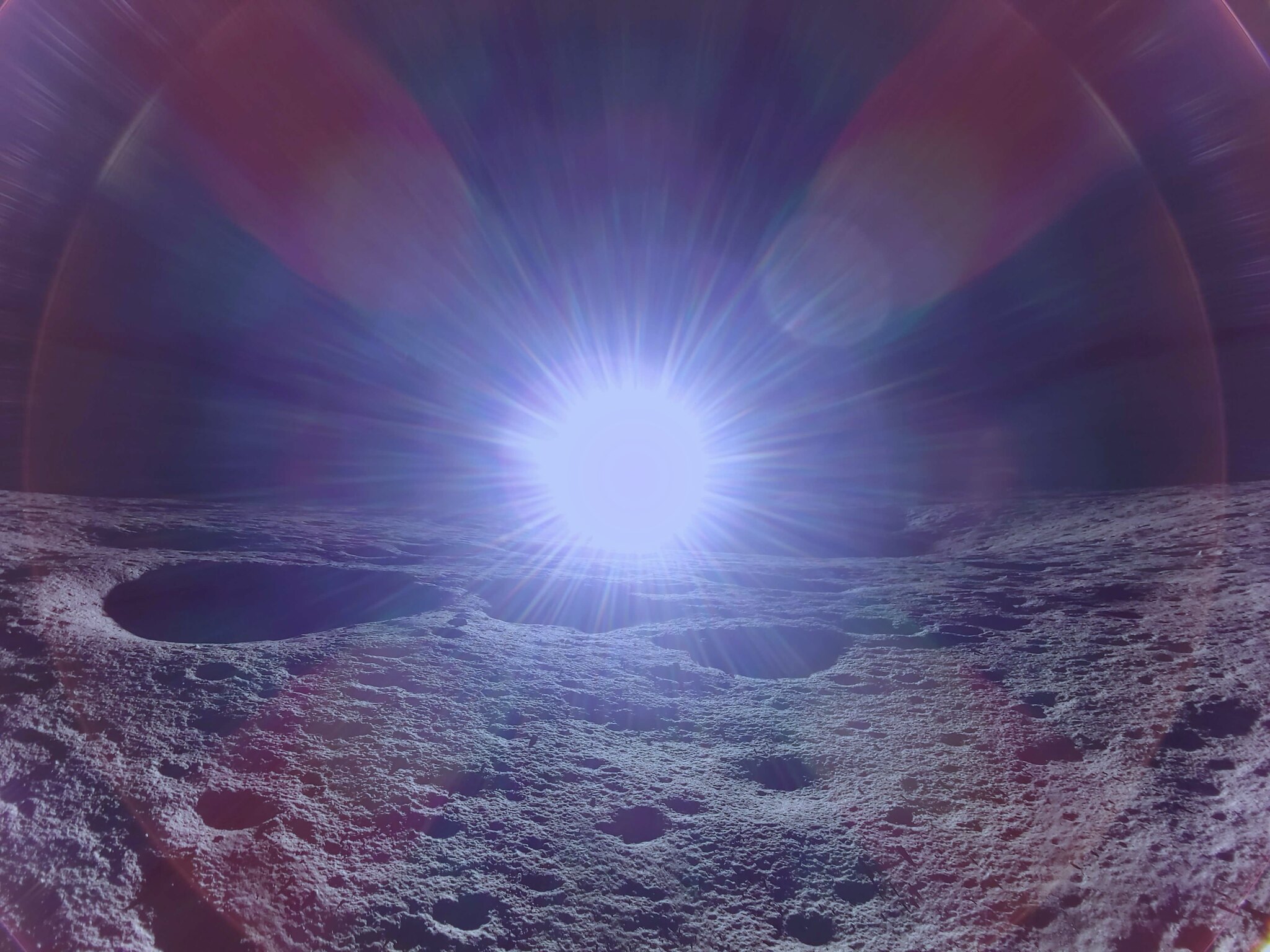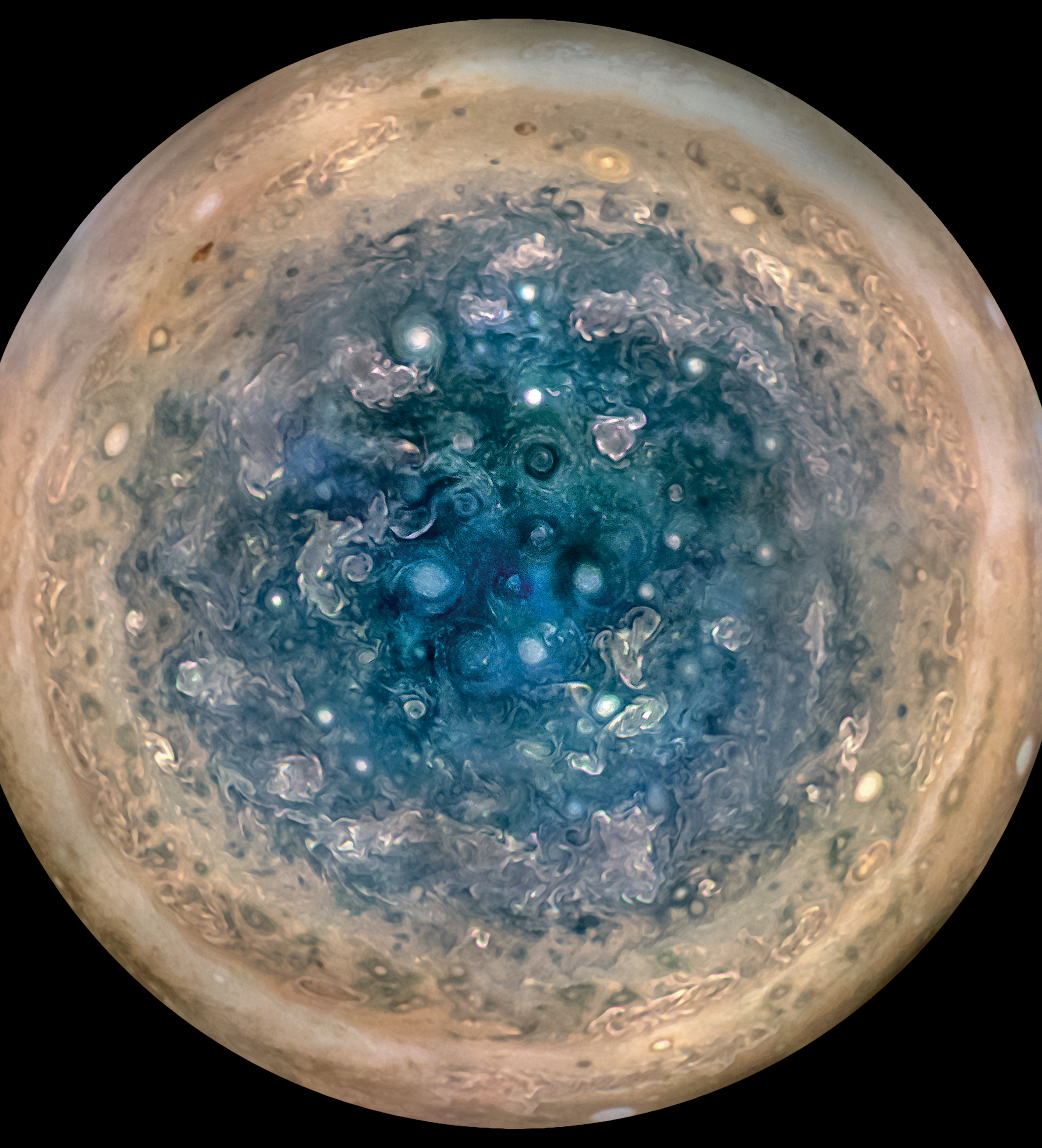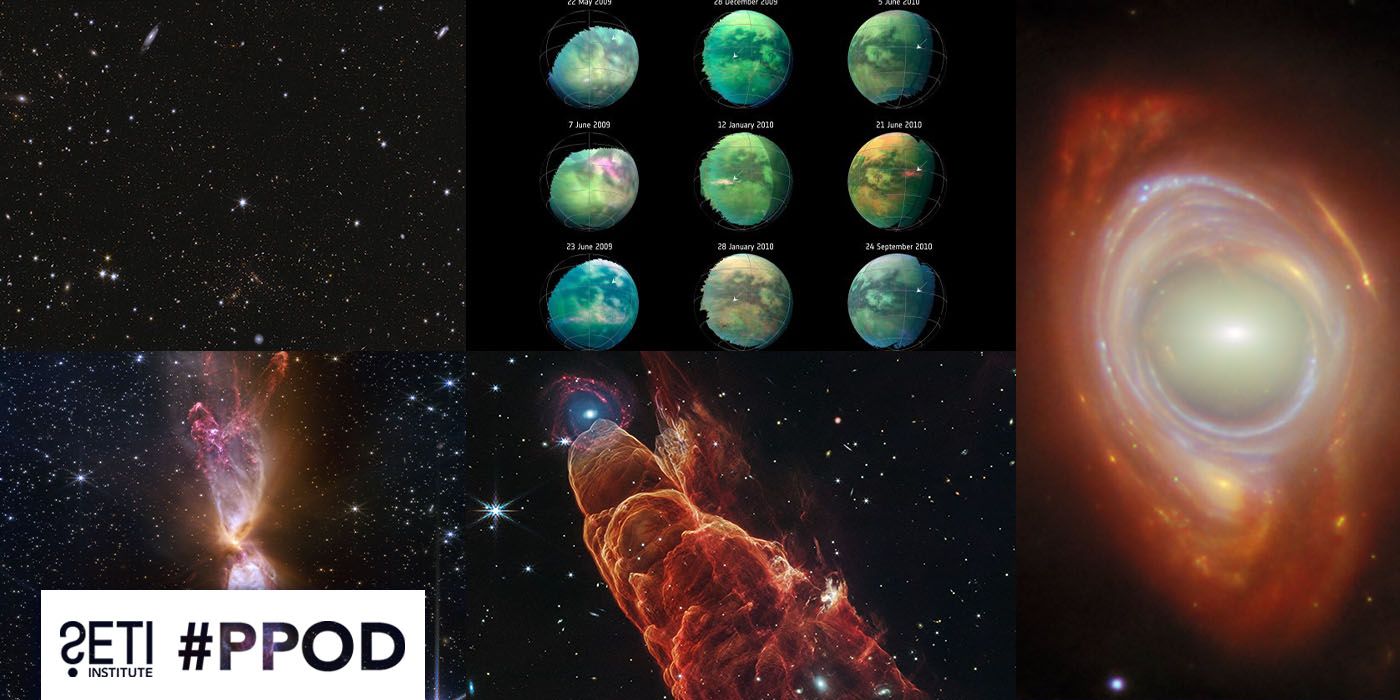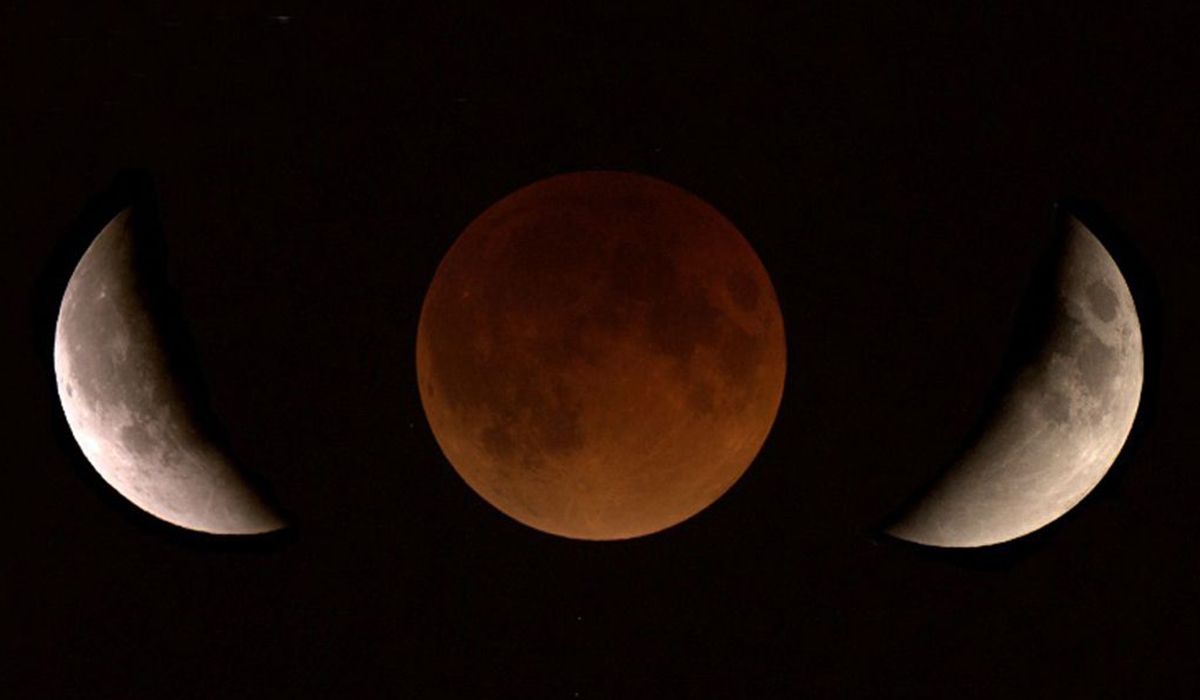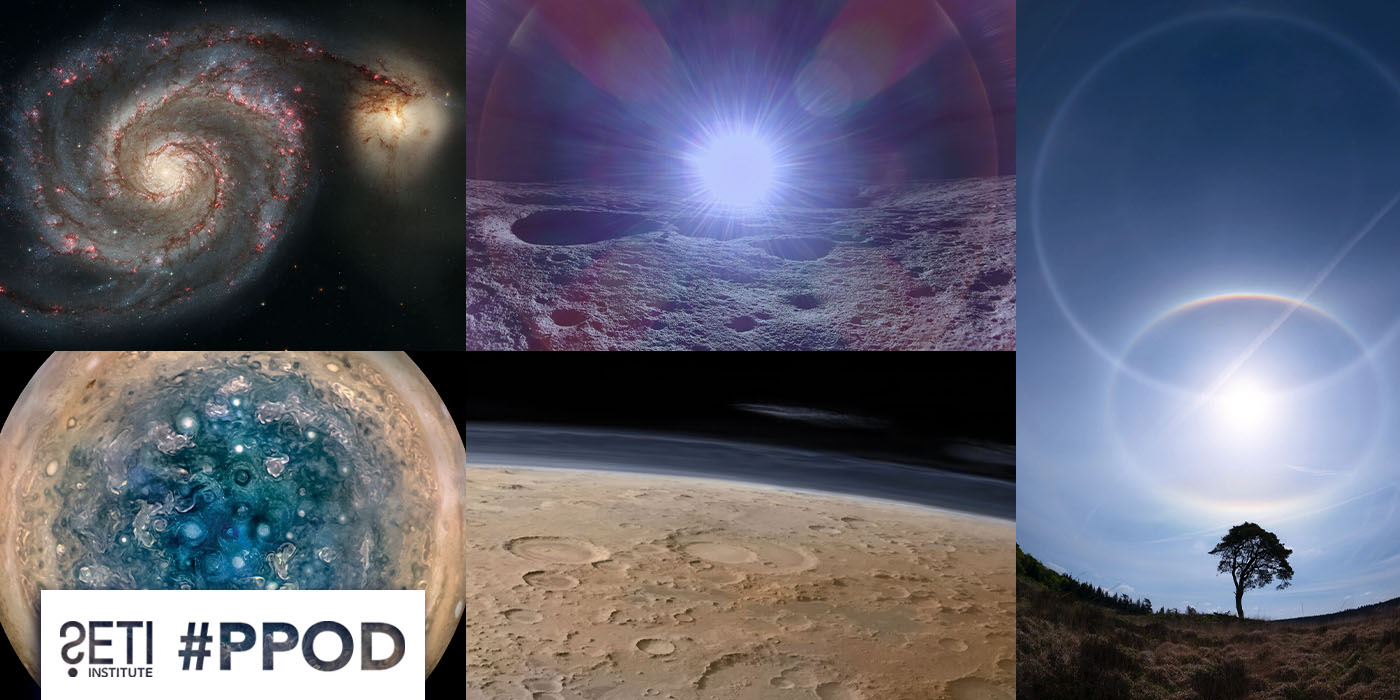
The universe is full of wondrous circles and spheres, from sun dogs around the Sun to spiraling galaxies and storms on Jupiter, including all of our planets and the Moon. Enjoy!
Double Halo
Yes, you are seeing double in this beautiful photograph from Josh Dury, taken last week from Mendip Hills in Somerset, UK. This particular phenomenon is called a parhelic circle—an optical phenomenon appearing as a white line at the same altitude as the Sun. Parhelic circles form as beams of sunlight are reflected by vertical or almost vertical hexagonal ice crystals. In rare instances, a complete circle stretches across the sky, which it did here. This image captures a nearly 180-degree portion of the sky, horizon to horizon.
Mars' Thin Atmosphere
Did you know that Mars has an atmosphere? It's very thin and not breathable for humans, but it does have wind and can carry dust around the planet. This image, captured by ESA's Mars Express, shows that thin atmosphere, fading away into the darkness of space. Also shown is Promethei Terra, a large region to the east of the massive impact basin Hellas Planitia.
Out of this Whirl
The graceful, winding arms of the majestic spiral galaxy M51 (NGC 5194) appear like a grand spiral staircase sweeping through space. They are actually long lanes of stars and gas laced with dust.
This sharpest-ever image, taken in January 2005 with the Advanced Camera for Surveys aboard the NASA/ESA Hubble Space Telescope, illustrates a spiral galaxy's grand design, from its curving spiral arms, where young stars reside, to its yellowish central core, a home of older stars. The galaxy is nicknamed the Whirlpool because of its swirling structure.
The Whirlpool is one of astronomy's galactic darlings. Located approximately 25 million light-years away in the constellation Canes Venatici (the Hunting Dogs), the Whirlpool's beautiful face-on view and closeness to Earth allow astronomers to study a classic spiral galaxy's structure and star-forming processes.
Lunar Sunrise
Rise and shine! Firefly Aerospace’s Blue Ghost lander captured a stunning sunrise over the lunar surface on March 3. The lander carried ten scientific instruments onboard, all of which operated successfully for a full two weeks. At that time, the lander rotated into lunar night and ran out of battery power.
Southern Storms
Jupiter’s south pole, as seen by NASA’s Juno spacecraft from an altitude of 52,000 kilometers. The oval features are cyclones, up to 1,000 kilometers in diameter. Multiple images taken with the JunoCam instrument on three separate orbits were combined to show all areas in daylight, enhanced color, and stereographic projection.
News
Related News
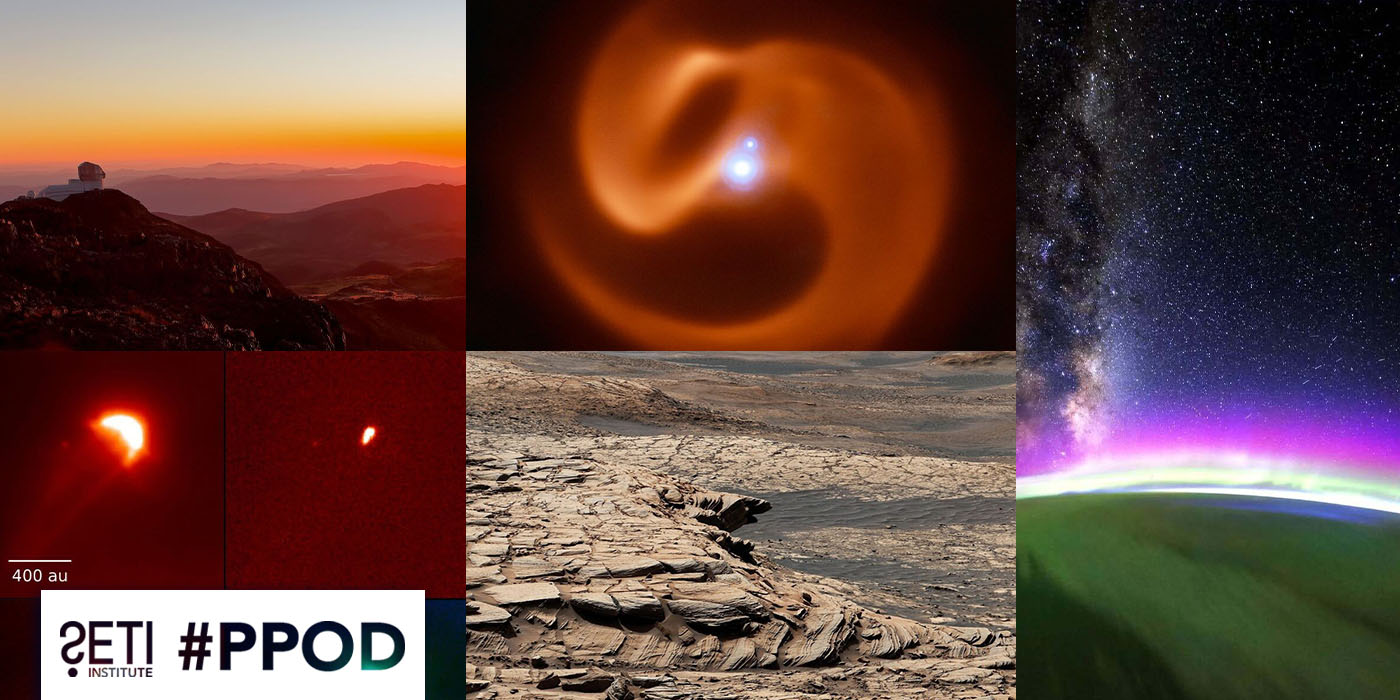
Planetary Picture of the Day - Week of May 19, 2025
#PPOD
Red Planet, Blue Past: What Ancient Rain on Mars Tells Us About Its Watery History
#Mars #Solar System #Astrobiology
Lunar Anomaly Detection: How AI is Transforming Moon Exploration
#Moon #Solar System #SETI Live BlogResearch
Related Projects

Technosignatures SAG
Technosignatures SAG is a group of volunteer experts who have been chartered by NASA to produce a report to NASA’s Exoplanet Exploration Program, containing the results of its analysis on how NASA can better integrate technosignature search into its portfolio. #Technosignatures SAG #Technosignatures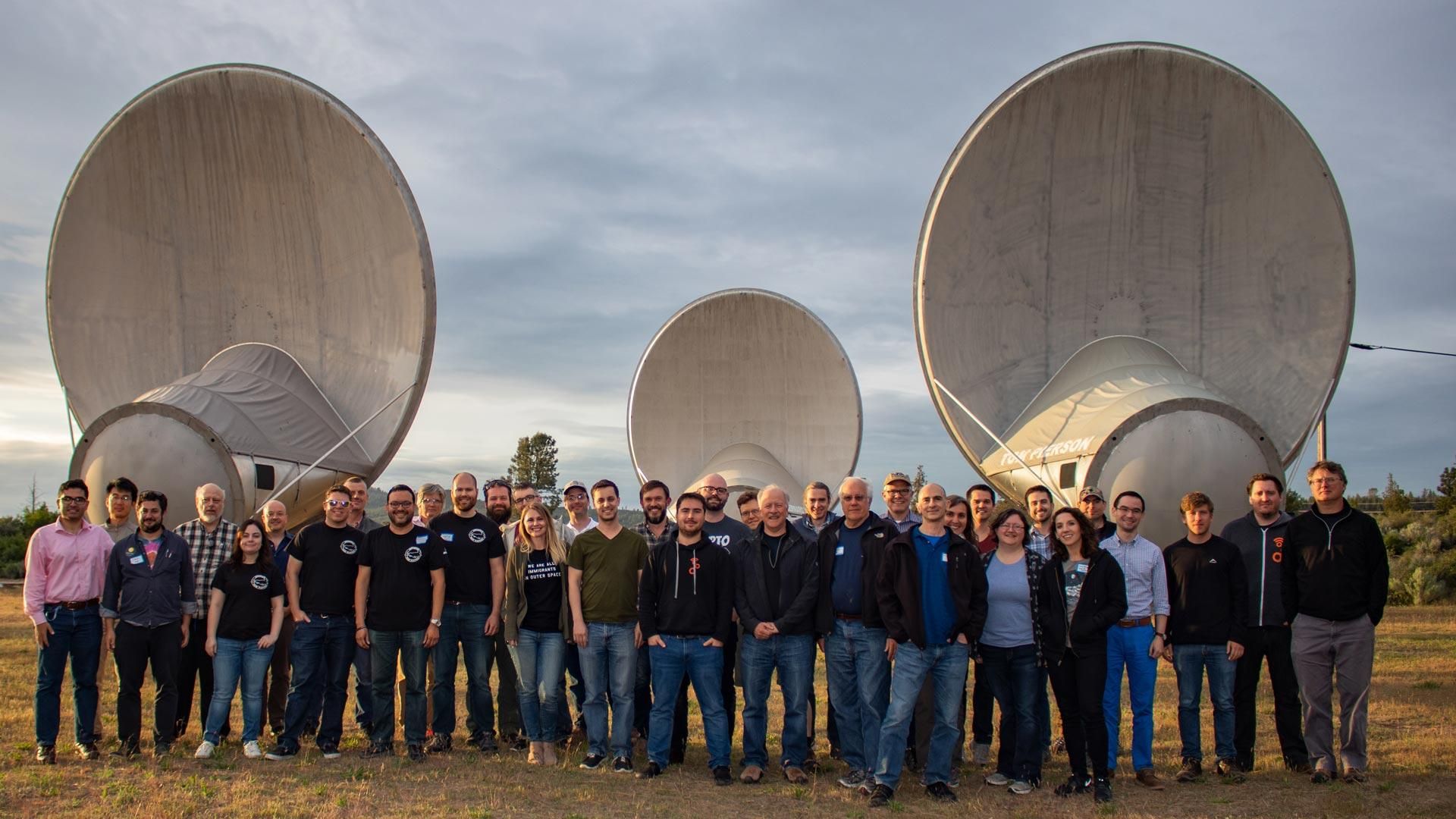
GNU Radio and SETI
GNU technology could revolutionize the development of receiving equipment for SETI (and for radio astronomy in general.) It promises to speed the design of new receivers, and to allow scientists to quickly change how data are analyzed and displayed. #GNU Radio #Radio Astronomy
LaserSETI
SETI Institute’s LaserSETI program is building a network of instruments to monitor the entire night sky. This network represents an unprecedented growth in the continuing search for manifestations of sophisticated intelligence beyond Earth. #LaserSETI #Optical SETISupport the
SETI Institute
Scientists are getting closer in their search for life beyond earth. But with limited federal funding for the search for extraterrestrial intelligence, supporters are the reason cutting-edge scientists can keep their eyes on the sky.
)



